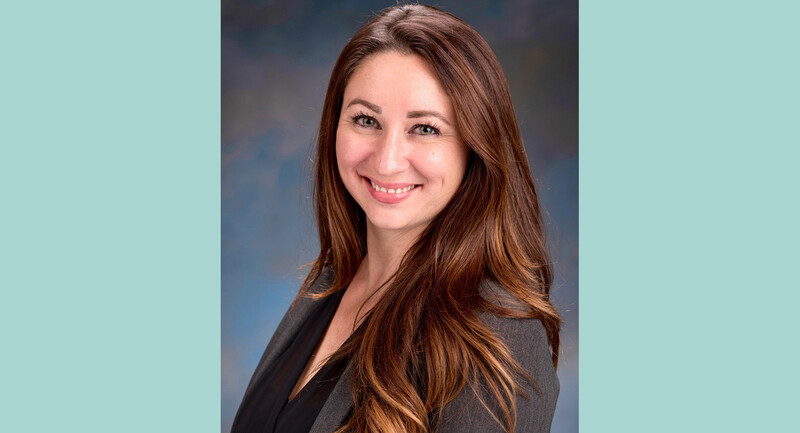October 1, 2019
•
5 min (est.)•
Vol. 77•
No. 2ASCD Policy Priorities / Everybody's Talking About the Whole Child
ASCD's years of promoting a Whole Child approach are paying off—but there's more to do.
Later this month, ASCD will unveil its brand-new Whole Child Network on our online professional development platform, Activate. The Whole Child Network is a comprehensive tool that guides school leaders through a continuum of benchmarks as they work to ensure students are healthy, safe, engaged, supported, and challenged. The resource is the latest in ASCD's long line of products for Whole Child educators that we are proud to offer.
And we're very pleased about the propitious timing of the release. Everyone, it seems, is now talking about facets of a Whole Child education. Physical and health education core courses are emphasizing student health. There is a renewed focus on bullying, particularly cyberbullying, as a school safety issue. Personalized learning is central to our Whole Child engagement tenet, and the emerging discussion on funding equity highlights the need to support all students. The scrutiny of college- and career-readiness standards speaks to the need for courses that challenge all students.
And then there's the surge in attention around social-emotional learning. Indeed, the first recommendation from the Aspen Commission's recent report on social, emotional, and academic development, A Nation at Hope, is to "set a clear vision that broadens the definition of student success to prioritize the whole child." We couldn't have said it better ourselves. In fact, that's what ASCD has been doing for the past dozen years, since we launched our Whole Child initiative.
But significantly, while each of the aforementioned priorities speak to components of a Whole Child education, none of them—on their own—constitutes a Whole Child education. Therein lies the conundrum. Many educators and parents are confusing discrete parts with an integrated whole. This can be frustrating for educators who know better, but a focus on any of these strategies does present Whole Child advocates and the Whole Child Network with the opportunity to have a longer conversation about the, pardon the pun, "whole" picture.
It's been said that the most important word in the list of Whole Child tenets—healthy, safe, engaged, supported, and challenged—may be and. A Whole Child education is not just any of these concepts, but all of them.
From a policy perspective, this comprehensive approach to meeting students' academic and holistic needs is, fundamentally, about redefining student success in school and considering new ways to measure progress toward that definition of success. The enactment of the federal Every Student Succeeds Act (ESSA) was an important step toward that goal. And for champions of a Whole Child approach looking to build on this foundation and create a more integrated and well-rounded education system, there are lessons in what has worked in education reform, and what hasn't, since the initiative's launch.
It's hard to believe, but when ASCD first introduced its Whole Child call to action in 2007, it was considered controversial. The No Child Left Behind Act was at its height of popularity and influence. Proponents of NCLB suggested that ASCD was backsliding on accountability and becoming an apologist for failure. NCLB's prescriptive and punitive accountability model narrowly focused on state test results to the exclusion of all else. Most damning was that NCLB didn't acknowledge, must less credit, schools that made impressive gains. The system was set up only to penalize schools that failed to make adequate yearly progress. If you're only looking for failure, you're only going to find failure. A change to the incentive structure was needed so that it would both encourage and reward Whole Child educators for going beyond the minimal requirements of test-based accountability.
Complementing the addition of "carrots" to NCLB's "sticks" was the idea inherent in the Whole Child approach that local educators should have more flexibility and autonomy in prioritizing their schools' strategies and plans. A Whole Child education works best when it's customized for the unique circumstances and needs of the community in which the school is located. School leaders are best positioned to create such customization. In other words, educators really do know best.
ASCD has been working on changing the conversation and mindset of educators and the public for 12 years. The effort is a marathon, not a sprint. One reality that helps in the effort is that parents intuitively understand the value of a Whole Child education. The parent revolt against NCLB (and the subsequent rebellion against the Common Core, which in many ways was a continuation of the protest against the test-based accountability system on which the standards were overlaid) reflected a desire for a more well-rounded education that would meet students' holistic needs.
Many parents know exactly what they don't want—drill-and-kill testing in just two subjects—and generally what they want more of—strengthening their children's communication skills, creativity, character, compassion, and kindness, to name just a few. It's up to educators to help parents publicly articulate what it is they want specifically—and to offer them a vision of what's possible and a plan to get there.
As our movement continues to gain steam, Whole Child champions should remember three points. One, we must ensure that the incentives we promote and the words we say align with the actions we desire. So if we really want students to feel safe and supported at school, for instance, we need to survey them directly about their sense of safety and security—and be prepared to forthrightly address those concerns without discounting their opinions as merely self-reported information. Two, let's continue to trust in customization and accept that there is no one-size-fits-all Whole Child approach to education. And three, parents' intuitive desire for this kind of change in education is a powerful force for educators to harness.
ASCD stands ready to help educators provide all the necessary learning conditions and supports that will allow us to educate the Whole Child and allow all students to reach their full potential.








